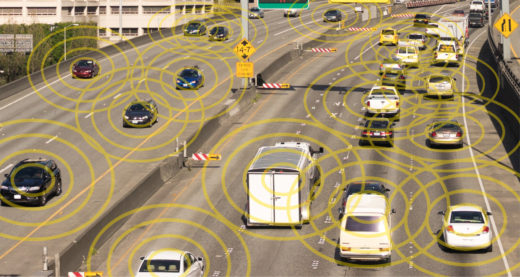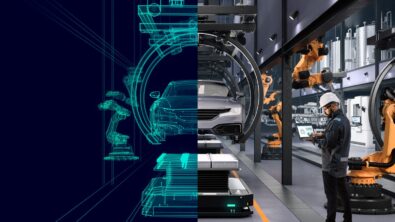Part 1: Introduction to ADAS
Among the most rewarding aspects of work at Mentor is the chance to collaborate with our experts around the world working on a range of disruptive automotive technologies that appear regularly in the news. One of these experts is Martin O’Brien who is based in Newbury, England and serves as general manager of the Integrated Electrical Services Division focusing on cabling and wiring design, and harness engineering. Another is Amin Kashi, Mentor’s director of ADAS based in the Silicon Valley (in our Fremont, Calif. office). The two recently collaborated on an article that will run this fall in Hanser Automotive, a leading German trade publication. Here is the English version of this article in a three part series.
These topics to deserve a little more attention so this will be broken into a 3 part series. Part 1: Introduction to ADAS; Part 2: Impact of ADAS on Wire Harness; Part 3: Top ADAS Issues Going Forward
Part 1: Introduction to ADAS
By Martin O’Brien & Amin Kashi
Advanced driver assistance systems (ADAS) have come a long way in a relatively short period of time, at least by the standards of the auto industry, which is well into its second century. The technology arguably has its roots in features that started showing up more than a decade ago, like adaptive cruise control, or perhaps even further back to the introduction of simple driver warning systems, such as emergency brake lights. The term ADAS didn’t really enter the lexicon until a few years ago, about the time that forward collision and lane departure warning emerged in higher-end cars.
ADAS of course is part of the long effort to improve safety of cars, which cause over a million deaths per year around the world, according to the World Health Organization. Despite the galling toll, there is good news to report. Rates of fatal crashes have been on a steady decline for decades even as automobile usage (measured by stats like vehicle miles traveled, numbers of registered vehicles and licensed drivers, etc.) has gone up. Many point to improvements in safety-related technologies, including ADAS, to explain this salutary paradox, evident around the world. In the United States, for example, there were just 1.08 fatalities per 100 million vehicle miles traveled in 2014, down nearly 40% from the fatality rate in 1994, according to data from the National Highway Traffic Safety Administration.

Today ADAS is nearly mainstream. More brands and models, including compact economy cars, offer an expanding array of features to boost driver safety, from adaptive or glare-free high beams to driver drowsiness detection to wrong-way driving warning. Even the subcompact Kia Rio, with an MSRP that starts less than $15,000, comes standard with a backup camera and Kia’s UVO telematics services.
Along with the looming prospect of self-driving cars, ADAS is also the prime example of the massive tech-driven disruption roiling the auto industry and, in turn, society at large. In April, Chancellor Angela Merkel made news announcing that carmakers soon should be able to test self-driving cars on Germany’s roads. BMW has said its self-driving vehicle, developed in partnership with Intel and Mobileye, will be available in 2021.
“Today we are standing at the brink of a new revolution,” Harald Krüger, BMW chief executive officer, said at summer news conference in Munich.
Arguments about the ADAS/self-driving spectrum aside, just how long the industry will stay on this brink depends largely on the ability to solve a growing number of engineering pain points, mostly related to first dealing with a vast proliferation of sensors and other equipment, and then efficiently processing the data gathered by these sensors and extracting useful, actionable information. These pain points cut across domains, and despite the rise of new hardware/software-driven features, mechanical constraints still apply. The task, then, is to find the optimum balance of electronic content, ADAS-related and otherwise, to maximize the ability to reach new, tech-hungry customers while minimizing the cost of adding the features these customers want most.


